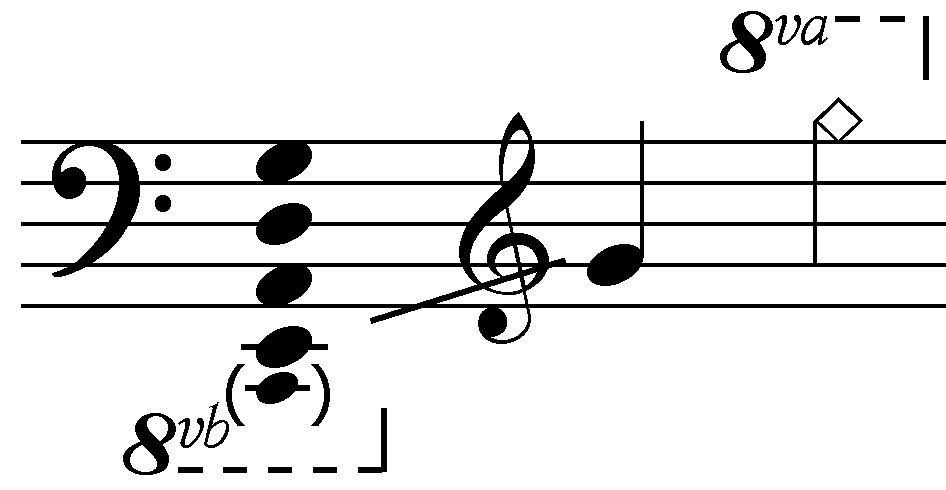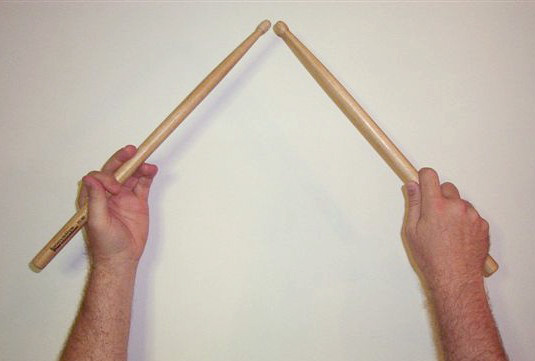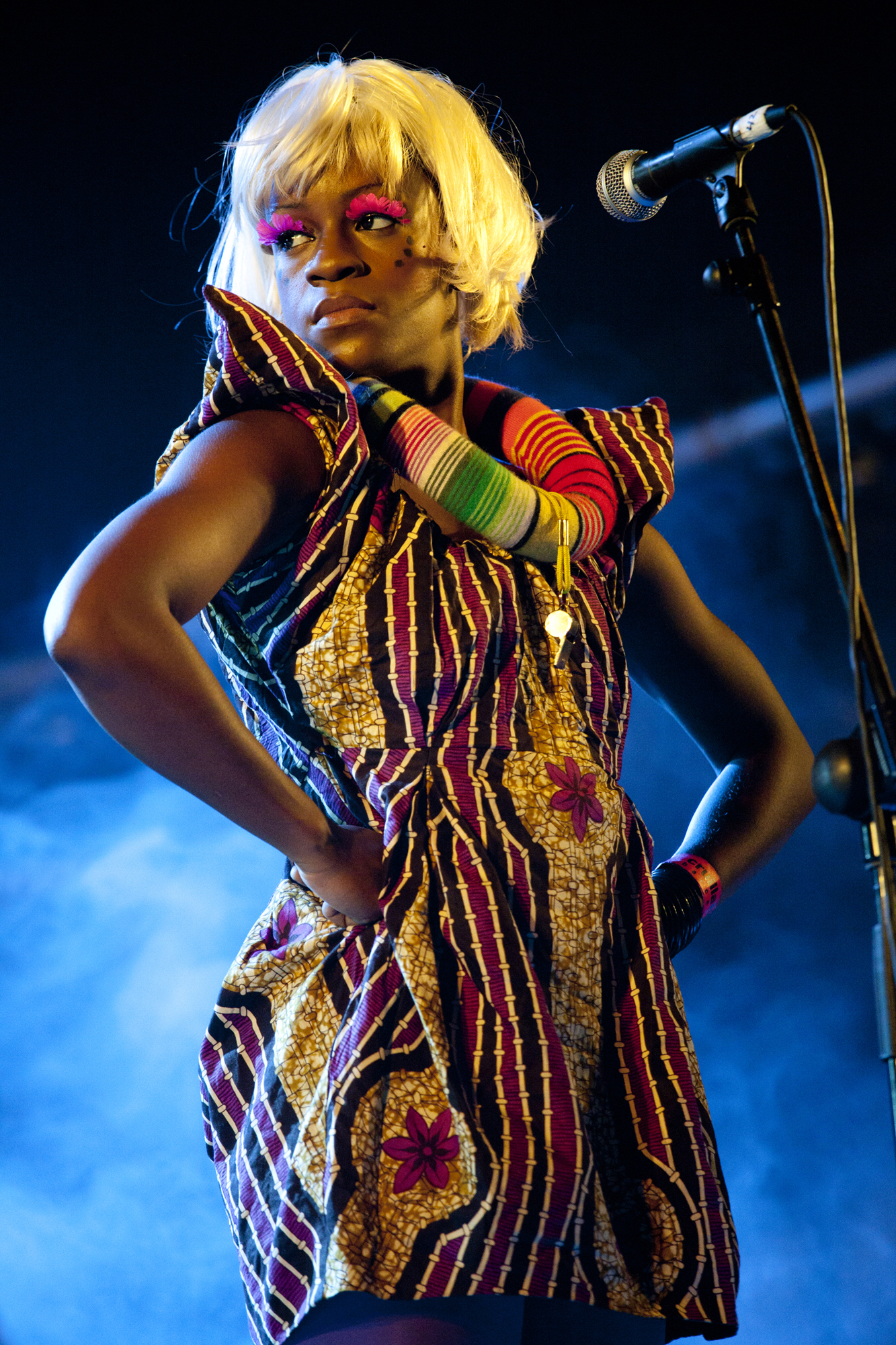|
Live At Roseland
''Live at Roseland'' is a 2001 live album by the band RatDog, featuring former Grateful Dead guitarist and singer Bob Weir. In contrast to studio album ''Evening Moods'', this release contains mostly songs from the Grateful Dead song book. It was recorded at the Roseland Theater in Portland, Oregon, on April 25 and 26, 2001. The song "Ashes and Glass" contains an instrumental excerpt of Grateful Dead's well-known jam classic " Dark Star". Reception In a review for AllMusic, William Ruhlmann wrote: "RatDog comes off as a Grateful Dead clone band with the Dead's surviving co-lead vocalist at the helm... In addition to the repertoire, there is the overall musical style of the band, which, despite the presence of a saxophone, has a very Dead-like feel. Add it up, and this is music Deadheads will welcome." Author Dean Budnick stated that, despite the presence of some "agreeable interpretations" of Dead material, "the release fails to deliver on the band's full resources." Track l ... [...More Info...] [...Related Items...] OR: [Wikipedia] [Google] [Baidu] |
RatDog
RatDog is an American rock band. The group began in 1995 as a side project for Grateful Dead guitarist and singer Bob Weir. After the Dead disbanded later that year, RatDog became Weir's primary band. They performed some Grateful Dead songs, a mixture of covers (including Bob Dylan and Chuck Berry tunes), and some originals. RatDog's repertoire consisted of more than 150 songs. They released two albums – '' Evening Moods'' (2000) and ''Live at Roseland'' (2001). RatDog has not toured since July 2014. The lineup of RatDog evolved over time. Musicians who were members of the band at different times include Rob Wasserman and Robin Sylvester on bass, Jay Lane on drums, Matthew Kelly, Mark Karan, and Steve Kimock on guitar, and Vince Welnick, Johnny Johnson and Jeff Chimenti on keyboards. History During the late 1980s, Bob Weir teamed up with bassist Rob Wasserman and the duo toured for seven years under names such as Weir/Wasserman and Scaring the Children. In 1994, Weir and ... [...More Info...] [...Related Items...] OR: [Wikipedia] [Google] [Baidu] |
Jeff Chimenti
Jeff Chimenti (born October 21, 1968) is an American keyboardist, best known for his ongoing work with former members of the Grateful Dead. Since May 1997 he has played with Bob Weir & RatDog, and has also played on every tour of The Dead (including the Fare Thee Well lineup) and Furthur. He currently plays with Dead & Company. Early life and music career A native of the San Francisco Bay Area, Chimenti began playing piano when he was four and he studied formally from the age of seven to around the time he finished high school. Once he graduated from high school, he began playing in bands around the Bay area. He played in local jazz bands as well as Les Claypool's Frog Brigade. He has also played back-up for pop acts such as En Vogue. He was playing in Dave Ellis's jazz quartet when Ellis was hired to play saxophone in Bob Weir & RatDog. Ellis informed him that RatDog was also looking for a new keyboardist. Chimenti was hired and played his first show 28 May 1997. Chi ... [...More Info...] [...Related Items...] OR: [Wikipedia] [Google] [Baidu] |
Guitar
The guitar is a fretted musical instrument that typically has six strings. It is usually held flat against the player's body and played by strumming or plucking the strings with the dominant hand, while simultaneously pressing selected strings against frets with the fingers of the opposite hand. A plectrum or individual finger picks may also be used to strike the strings. The sound of the guitar is projected either acoustically, by means of a resonant chamber on the instrument, or amplified by an electronic pickup and an amplifier. The guitar is classified as a chordophone – meaning the sound is produced by a vibrating string stretched between two fixed points. Historically, a guitar was constructed from wood with its strings made of catgut. Steel guitar strings were introduced near the end of the nineteenth century in the United States; nylon strings came in the 1940s. The guitar's ancestors include the gittern, the vihuela, the four-course Renaissance guitar, an ... [...More Info...] [...Related Items...] OR: [Wikipedia] [Google] [Baidu] |
Double Bass
The double bass (), also known simply as the bass () (or #Terminology, by other names), is the largest and lowest-pitched Bow (music), bowed (or plucked) string instrument in the modern orchestra, symphony orchestra (excluding unorthodox additions such as the octobass). Similar in structure to the cello, it has four, although occasionally five, strings. The bass is a standard member of the orchestra's string section, along with violins, viola, and cello, ''The Orchestra: A User's Manual'' , Andrew Hugill with the Philharmonia Orchestra as well as the concert band, and is featured in Double bass concerto, concertos, solo, and chamber music in European classical music, Western classical music.Alfred Planyavsky [...More Info...] [...Related Items...] OR: [Wikipedia] [Google] [Baidu] |
Drum Kit
A drum kit (also called a drum set, trap set, or simply drums) is a collection of drums, cymbals, and other auxiliary percussion instruments set up to be played by one person. The player (drummer) typically holds a pair of matching drumsticks, one in each hand, and uses their feet to operate a foot-controlled hi-hat and bass drum pedal. A standard kit may contain: * A snare drum, mounted on a stand * A bass drum, played with a beater moved by a foot-operated pedal * One or more tom-toms, including rack toms and/or floor toms * One or more cymbals, including a ride cymbal and crash cymbal * Hi-hat cymbals, a pair of cymbals that can be manipulated by a foot-operated pedal The drum kit is a part of the standard rhythm section and is used in many types of popular and traditional music styles, ranging from rock and pop to blues and jazz. __TOC__ History Early development Before the development of the drum set, drums and cymbals used in military and orchestral mu ... [...More Info...] [...Related Items...] OR: [Wikipedia] [Google] [Baidu] |
Lead Guitar
Lead guitar (also known as solo guitar) is a musical part for a guitar in which the guitarist plays melody lines, instrumental fill passages, guitar solos, and occasionally, some riffs and chords within a song structure. The lead is the featured guitar, which usually plays single-note-based lines or double-stops. In rock, heavy metal, blues, jazz, punk, fusion, some pop, and other music styles, lead guitar lines are usually supported by a second guitarist who plays rhythm guitar, which consists of accompaniment chords and riffs. History The first form of lead guitar emerged in the 18th century, in the form of classical guitar styles, which evolved from the Baroque guitar, and Spanish Vihuela. Such styles were popular in much of Western Europe, with notable guitarists including Antoine de Lhoyer, Fernando Sor, and Dionisio Aguado. It was through this period of the classical shift to romanticism the six-string guitar was first used for solo composing. Through the 19t ... [...More Info...] [...Related Items...] OR: [Wikipedia] [Google] [Baidu] |
Keyboard Instrument
A keyboard instrument is a musical instrument played using a keyboard, a row of levers which are pressed by the fingers. The most common of these are the piano, organ, and various electronic keyboards, including synthesizers and digital pianos. Other keyboard instruments include celestas, which are struck idiophones operated by a keyboard, and carillons, which are usually housed in bell towers or belfries of churches or municipal buildings. Today, the term ''keyboard'' often refers to keyboard-style synthesizers. Under the fingers of a sensitive performer, the keyboard may also be used to control dynamics, phrasing, shading, articulation, and other elements of expression—depending on the design and inherent capabilities of the instrument. Another important use of the word ''keyboard'' is in historical musicology, where it means an instrument whose identity cannot be firmly established. Particularly in the 18th century, the harpsichord, the clavichord, and the early p ... [...More Info...] [...Related Items...] OR: [Wikipedia] [Google] [Baidu] |
Backing Vocalist
A backing vocalist is a singer who provides vocal harmony with the lead vocalist or other backing vocalists. A backing vocalist may also sing alone as a lead-in to the main vocalist's entry or to sing a counter-melody. Backing vocalists are used in a broad range of popular music, traditional music, and world music styles. Solo artists may employ professional backing vocalists in studio recording sessions as well as during concerts. In many rock and metal bands (e.g., the power trio), the musicians doing backing vocals also play instruments, such as guitar, electric bass, drums or keyboards. In Latin or Afro-Cuban groups, backing singers may play percussion instruments or shakers while singing. In some pop and hip hop groups and in musical theater, they may be required to perform dance routines while singing through headset microphones. Styles of background vocals vary according to the type of song and genre of music. In pop and country songs, backing vocalists may ... [...More Info...] [...Related Items...] OR: [Wikipedia] [Google] [Baidu] |
Saxophone
The saxophone (often referred to colloquially as the sax) is a type of Single-reed instrument, single-reed woodwind instrument with a conical body, usually made of brass. As with all single-reed instruments, sound is produced when a reed (mouthpiece), reed on a Mouthpiece (woodwind), mouthpiece vibrates to produce a sound wave inside the instrument's body. The Pitch (music), pitch is controlled by opening and closing holes in the body to change the effective length of the tube. The holes are closed by leather pads attached to keys operated by the player. Saxophones are made in various sizes and are almost always treated as transposing instruments. Saxophone players are called ''wikt:saxophonist, saxophonists''. The saxophone is used in a wide range of musical styles including classical music (such as concert bands, chamber music, List of concert works for saxophone, solo repertoire, and occasionally orchestras), military bands, marching bands, jazz (such as big bands and jazz comb ... [...More Info...] [...Related Items...] OR: [Wikipedia] [Google] [Baidu] |
Turn On Your Love Light
"Turn On Your Love Light" is a rhythm and blues song recorded by Bobby Bland in 1961. It was both an important R&B and pop chart hit for Bland and has become one of his most identifiable songs. A variety of artists have recorded it, including the Grateful Dead, who made it part of their concert repertoire. Composition and recording "Turn On Your Love Light" was written by band leader and arranger Joe Scott (with an additional credit given to Duke Records owner/producer Don Robey aka Deadric Malone). Scott's brass arrangement "upped the excitement ante" with "the groove picking up momentum as the horns and percussion talk to each other" and Bland's vocal "riding on top". Backing Bland are probably Joe Scott and Melvin Jackson on trumpets, Pluma Davis on trombone, Johnny Board and Jimmy Beck on saxophones, Rayfield Davers on baritone saxophone, Teddy Reynolds on piano, Wayne Bennett on guitar, Hamp Simmons on bass, and John "Jabo" Starks on drums. Charts and recognition "Tu ... [...More Info...] [...Related Items...] OR: [Wikipedia] [Google] [Baidu] |
Bill Kreutzmann
William Kreutzmann Jr. ( ; born May 7, 1946) is an American drummer and founding member of the rock band Grateful Dead. He played with the band for its entire thirty-year career, usually alongside fellow drummer Mickey Hart, and has continued to perform with former members of the Grateful Dead in various lineups, and with his own bands BK3, 7 Walkers and Billy & the Kids. Early life Kreutzmann was born in Palo Alto, California, the son of Janice Beryl (née Shaughnessy) and William Kreutzmann Sr. His father was of German descent. His maternal grandfather was football coach and innovator Clark Shaughnessy. Kreutzmann started playing drums at the age of 13. At first he practiced on a Slingerland drum kit lent to him. As a teenager, he was practicing drums alone in a large building at his high school when Aldous Huxley and another man walked in. Huxley told Bill he'd never heard anything like it, and encouraged him in his drumming – despite the fact Bill had been told by ... [...More Info...] [...Related Items...] OR: [Wikipedia] [Google] [Baidu] |
Matthew Kelly (musician)
Matthew Kelly, also known as Matt Kelly, is an American musician, singer, and songwriter. He plays guitar and harmonica. Kelly is best known for being the leader of the rock band Kingfish, and for his association with Bob Weir and the Grateful Dead. Career Matthew Kelly began his musical career in the late 1960s, playing harmonica with some well-known blues artists, including Mel Brown, Champion Jack Dupree, Johnny Lee Hooker, and T-Bone Walker. During this period, Kelly was also involved in the burgeoning rock music scene in the San Francisco Bay Area. He played electric guitar and harmonica in several different psychedelic rock bands, along with fellow South Bay musicians Dave Torbert and Chris Herold. Subsequently, Kelly lived in England for a number of months, and was a member of the rock band Gospel Oak. Upon his return to California, he renewed his association with Dave Torbert, who was then playing bass in the New Riders of the Purple Sage. Kelly would also so ... [...More Info...] [...Related Items...] OR: [Wikipedia] [Google] [Baidu] |




